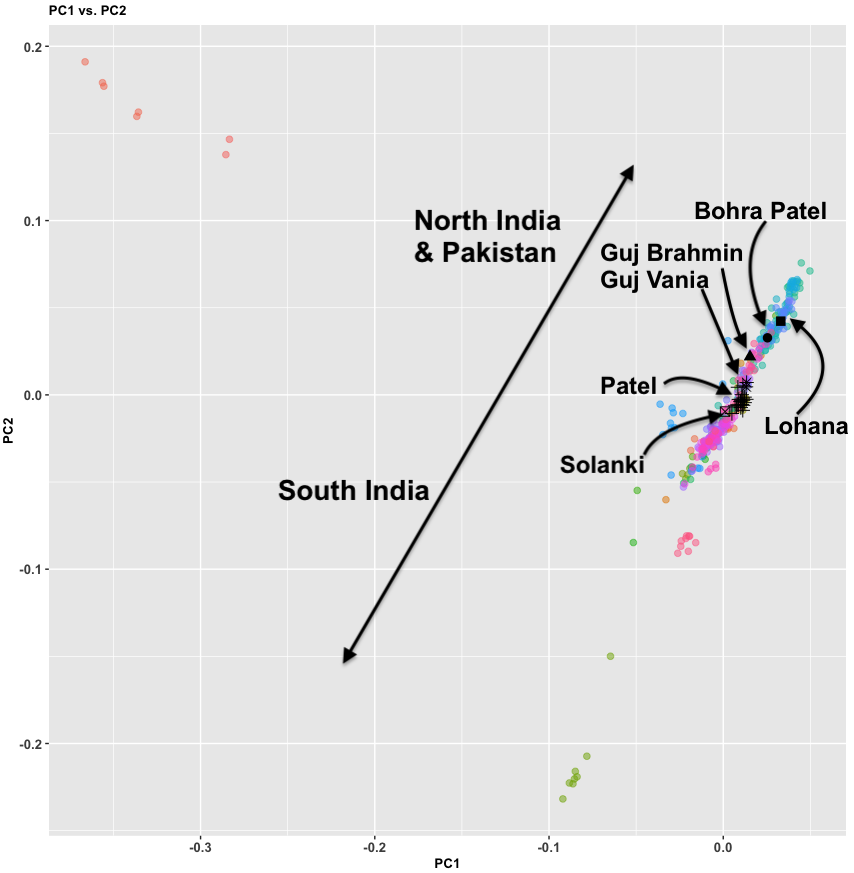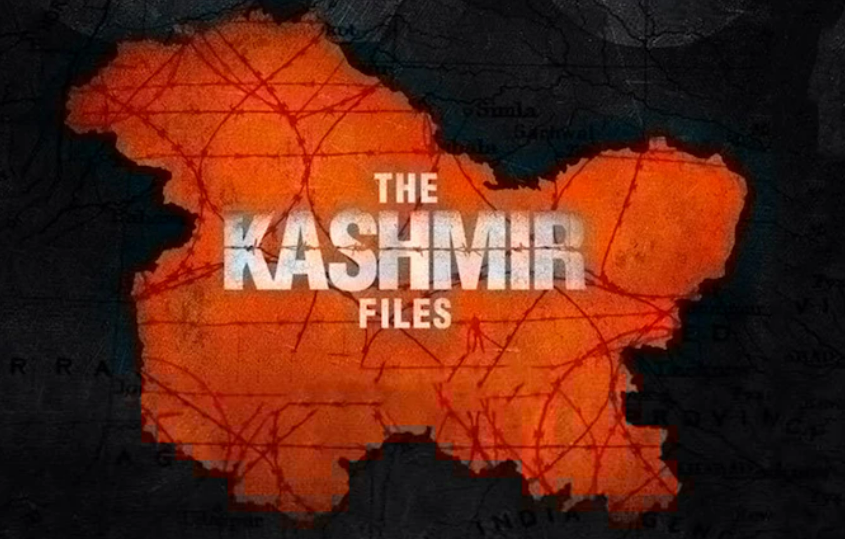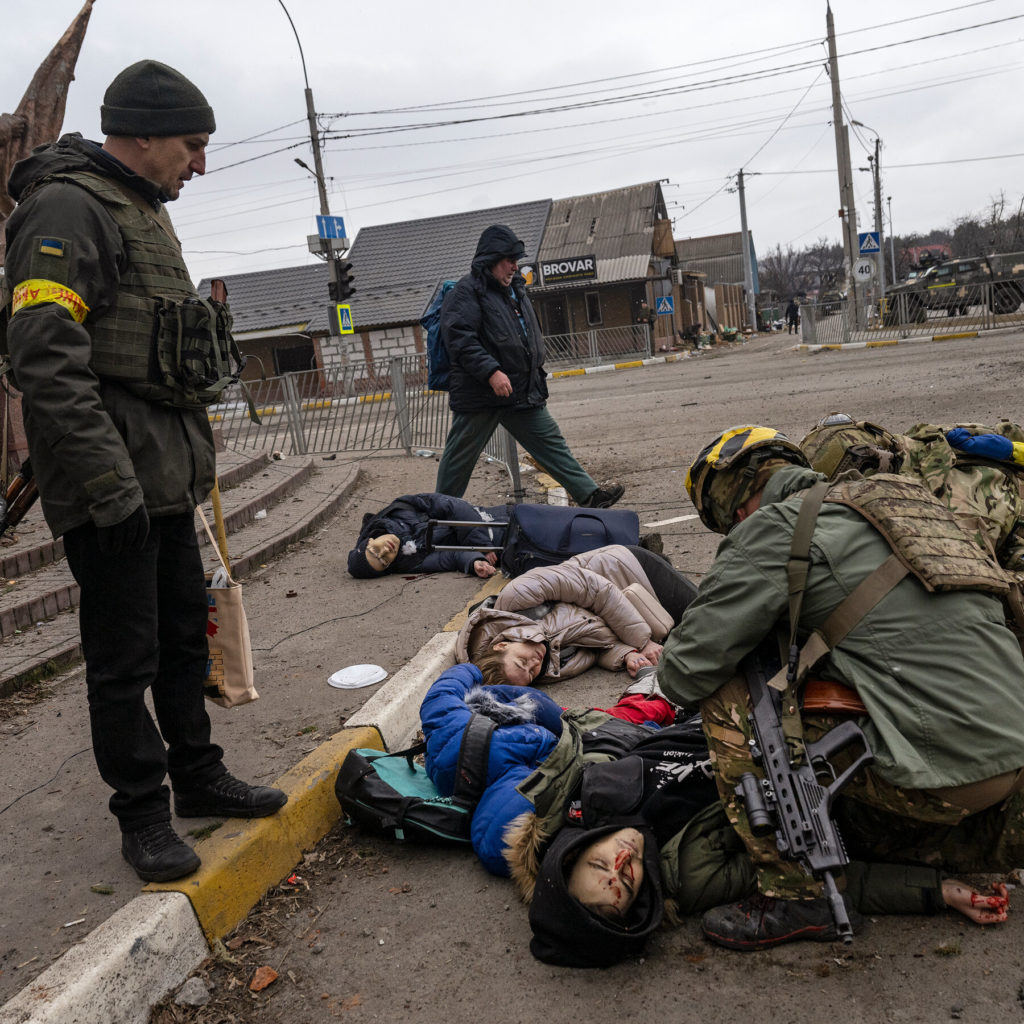I wrote this article back in 2011 for 3quarksdaily.com, someone in Outlook picked it up this year. I think I was not far wrong..
The 12th Man Rises
Pakistan’s greatest cricketing hero and second most successful philanthropist entered politics 15 years ago, promising a progressive, Islamic, modern, corruption-free Pakistan. His position as the most successful captain in Pakistan’s cricket history, the founder of Pakistan’s finest cancer hospital (providing free modern cancer care to thousands) provided him instant cachet, but for a long time he was unable to convert this personal popularity into votes in actual elections. With a political platform heavy on slogans (particularly against corruption) but short on specifics and without any obvious connection to already existing grass-roots politics, he remained little more than a fixture on the talk-show circuit for a very long time. Brief flirtation with Pervez Musharraf also set him back, as did a tendency to spout fables about Jirgas and hobnob with jihadi ideologues like Hamid Gul. But his biggest problem was his failure to create a team that could carry his party forward. The Pakistani Tehreek-e-Insaf (PTI) was a one man show, with Imran Khan its only impressive asset. Even in parties dominated by one strong leader, there are other leaders in the wings and at least a semi-coherent ideology that delivers a section of the vote-bank on ideological grounds alone. Imran had no visible team and no clear ideology beyond a promise to “eradicate corruption”.
He did seem to genuinely believe in the formulaic slogans and historical framework of the 6th grade“ideology of Pakistan” he learned in Aitcheson college. He seems to have some vague notion of “the two nation theory” (basically, “we are not Indians”) and an even vaguer “respect” for Quaid-e-Azam Mohammed Ali Jinnah and Allama Iqbal, twin icons of Pakistan’s history. But like his middle class fans, it is a superficial and shallow belief system, with little to show beyond a few empty slogans like “Pakistan first”, “Islamic welfare state” and “we are all Pakistanis now, so we are no longer Punjabis, Sindhis, Pakhtoons or Balochis”. Behind the automatic repetition of such slogans there does lurk an odour of “one folk, one party, one leader” fascism (as it does behind all crude nationalisms) but this is not to imply that Imran Khan is consciously thinking of leading a fascist takeover of Pakistan. His commitment to some notion of democracy seems genuine enough, though his priority (and this is not unusual among middle class nationalists) is nationalism, not democracy; in a crisis, he can easily convince himself that we may have to kill democracy to save the country. In any case, lacking organization and experience and without a good grasp of actual grass-roots politics, he was easily brushed aside by older established political parties.
Things changed in 2008. International pressure and a worsening domestic political position forced Pervez Musharraf to accept elections and eventually to bring “failed politicians” back in power. Imran Khan boycotted those elections, but came back on TV chat shows to dog the new (and admittedly, corrupt and incompetent) civilian set-up at every step. Meanwhile, GHQ managed to win back some of its tarnished reputation by staying away from public view, letting Zardari take all the blame for every disaster (even ones GHQ itself had birthed). The Zardari regime also managed to select an exceptionally bad team, from a clueless prime minister to one of the worst collections of cabinet ministers in Pakistan’s history. His opposite number in the PMLN did a marginally better job in the provincial government in Punjab, but not by much. Continuous infighting, breaking and remaking of coalitions, massive corruption at every level, and a terrorism problem that has kept the nation unsafe for international investment, all these drained the existing political parties of credibility and created an opening for an outsider.
Meanwhile, the deep state continued its “good jihadi, bad jihadi” policy at home and its double game with the US abroad. With the Osama Bin Laden assassination, matters seem to have come to a head with the US. The Americans want GHQ to arrange for an orderly withdrawal from Afghanistan and appear willing to pay Pakistan for help in achieving this, but they are not yet ready to hand the place back to the Taliban and the Haqqanis and their Jihadi friends. GHQ meanwhile is playing hardball and smells victory (also smells disasters to come after victory, but victory has its own momentum) and maybe feeling tempted to get rid of the present civilian setup , preferring a civilian regime that is more closely aligned with their own strategic vision. The Facebook generation and the deep state may thus both be ready to opt for Imran Khan. And Imran Khan, it seems, is ready to opt for them. He has sharpened his anti-American message (a message that appeals to both the jihadi and the left-liberal wings of the middle classes) and toned down criticism of the army. He is saying all the right things about drone attacks, peace with our Taliban brothers and an American defeat in Afghanistan. He has been well coached by Shireen Mazari and Hamid Gul and his party is using trained cadres from the Islami Jamiat e Tulaba as well as enthusiastic youngsters from the Facebook generation. The moment has produced the man.
Having produced the man, the next step was to launch him on to the political stage in suitable manner. That step was achieved in Lahore on the 30th of October. Whether the deep state helped out with the gathering or not, the crowd was impressive and enthusiastic. For most of the young people there, it was the first taste of a genuine mass event where everyone is pushing towards one goal with one voice. That this “goal” was being defined in the Paknationalist terms they have all been fed in school and in everyday propaganda was the icing on the cake. Grown men were seen to cry helplessly as carefully choreographed patriotic music blared and the crowd rose as one to sing the national anthem. Fed on a steady diet of news about corrupt, treacherous and unpatriotic politicians, the crowd was happy to anoint Imran Khan as the saviour who will eradicate corruption and save the nation. A generation that never saw the much bigger gatherings of Benazir Bhutto and her father seems to have been swept off their feet by the event. And why not? In addition to pushing the Paknationalist buttons, the rally had something for everyone. A prayer break (with the great leader praying alone on stage during the event) was followed by Shahzad Roy and guitar music. Bearded boys with Al-Jihad headbands mingled good naturedly with middle class families and liberal students from LUMS and NUST. For one shining evening, it must have seemed like hope has been reborn.
But it is still difficult to see how all this will translate into electoral victory unless the deep state plans to manipulate elections in a big way. Pakistan is a parliamentary democracy and established parties, even when discredited, have a grass-roots organizational advantage. In addition, Imran Khan’s personal popularity is wide, but not deep. Very different groups are currently united under his wing, but when push comes to shove, ideological and political choices will have to be made. Right now, Imran Khan has liberal followers who coexist in the party with hardcore Islamists who made their bones in the Islami Jamiat-e-Tulaba. But as he gets closer to real power, choices will have to be made. Since his own understanding of politics and the future of Pakistan is fundamentally aligned with the Paknationalists of the Shireen Mazari and Ahmed Qureshi variety, I predict his choices will turn to out to match those of GHQ to an extent that may surprise a lot of his liberal fans. This is a prediction, and I realize it is an unpopular one in the liberal blogosphere. Pakistani liberals are also hungry for a saviour and right now they prefer to latch on to whatever little bones Imran is throwing in their direction (guitar music right after Magrib prayers, women in visible positions, a modern look and feel) but I fear that Imran Khan is not just repeating his 6th grade Islamiyat and Pakistan studies slogans because repeating simplified propaganda is part and parcel of modern mass politics. He is repeating them because he genuinely believes all those fables about rightly guided caliphs, Jirga justice, Islamic social welfare, the vision of Allama Iqbal, the “leadership of the Quaid-e-Azam” and so on. But since these stories are not too closely aligned with reality, historic or contemporary, a sincere believer is likely to become a pawn in the hands of those with a clearer vision of what they want and a more realistic view of politics and power. The Leninist term “useful idiot” comes to mind, but in this case it is not Pakistan’s 37 Leninists but its much more determined deep state is likely to take advantage of Khan sahib’s naiveté.
Of course, this may not be a done deal yet. Imran clearly has an idealistic bent and even GHQ may not find his crusading zeal easy to contain. And while everyone from Humayun Gohar to Ayaz Amir may be excited by this rally, reality has a way of setting in in Pakistan. The Paknationalist agenda is not new. Army men sitting in mess halls have been carping about unpatriotic politicians, bloody provincialists and separatists, uneducated Pakistani masses and massive foreign conspiracies for decades. But they have failed to wave a magic wand to fix these problems, not because they held back, but because no magic wand actually exists. Wanting to clean up Pakistan and run it like a tight ship (the current model is supposedly China, though a few inconvenient details come to mind: a 3000 year old civilization, a century of revolutions and wars, a genuine mass-based party and titanic achievements and failures, modern capitalism embraced like never before, and so much more) is all well and good, but you cannot create anything you want out of thin air; you have to work with what exists and the properties of what exists are not necessarily what the Paknationalists think they are. History and society may have features that make some choices possible and others nearly impossible. Paknationalism of the GHQ type does not have a sufficient overlap with history, political realities or the various cultures of Pakistan to allow the creation of the homogenous- Islamic-modern-military-





